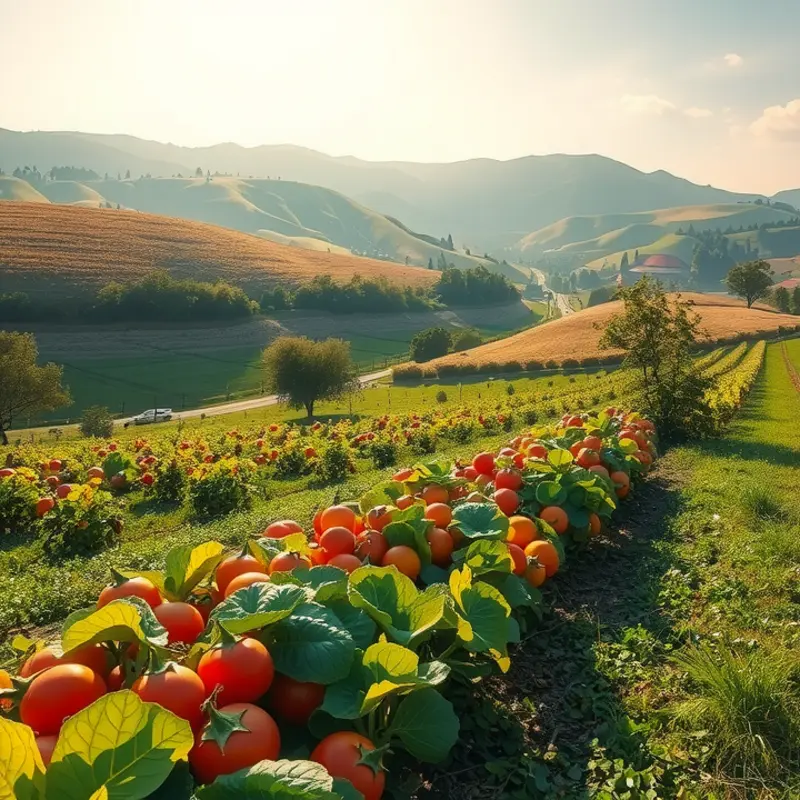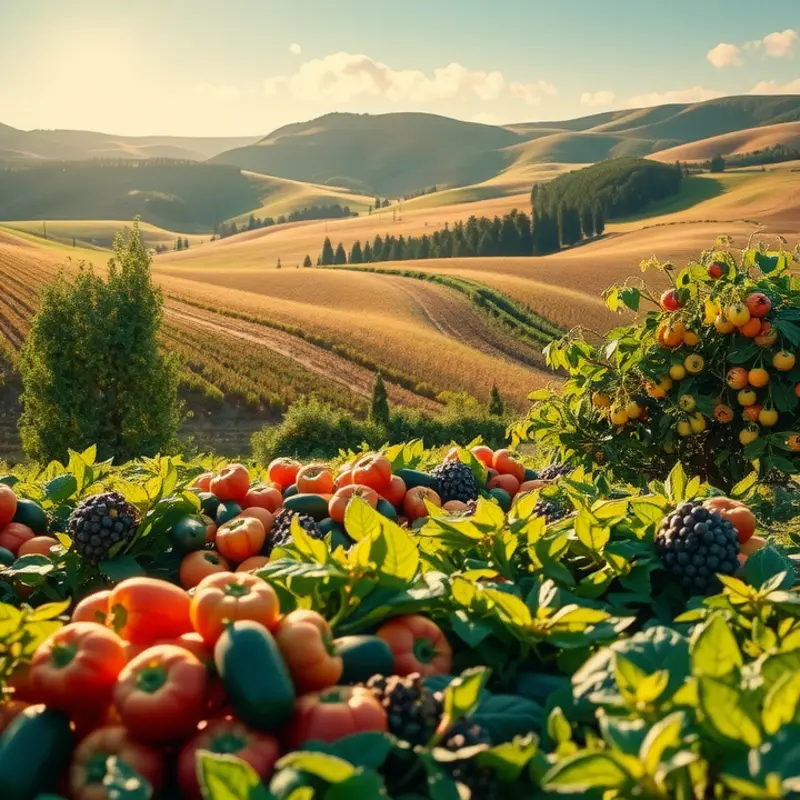Fluffy pancakes are a breakfast favorite that can brighten anyone’s morning. Whether you’re a novice cook or a culinary enthusiast, mastering the art of pancake-making is both enjoyable and rewarding. This guide will share foolproof tips that will have you flipping light and airy pancakes in no time. With just a few tweaks to your technique and ingredients, you’ll see improvement in every batch.
Ingredient Quality and Preparation

The foundation of the perfect pancake is built on the ingredients you choose. Quality matters, transforming ordinary pancakes into a delightful breakfast treat. Each component plays a crucial role both in taste and texture. Start by selecting the freshest ingredients available.
Flour: The debate over using all-purpose or a specialized pancake mix is common, but the key is freshness. Flour can become stale, losing its rising power and resulting in denser pancakes. For the fluffiest outcome, always check the flour’s expiration date and store it in an airtight container in an eco-smart kitchen to maintain freshness longer.
Leavening Agents: Baking powder and baking soda work by releasing gases, which help to make pancakes rise. A fresh container of baking powder ensures maximum fluffiness; it should fizz when mixed with hot water, confirming its potency. Likewise, baking soda needs to be active—store it in a cool, dry area.
Liquids: Choose whole milk or any milk alternative that complements your taste without compromising the pancake’s texture. Eggs contribute richness and act as a binder. They should be at room temperature, as cold eggs can result in a batter that does not mix well; room-temperature ingredients blend more smoothly, promoting an airy texture.
Sweeteners: Opt for fine granulated sugar for even sweetness. Avoid large sugar crystals that might not dissolve properly, creating uneven results. Consider adding a dash of vanilla extract for sweetness without affecting texture.
Fats: Butter gives pancakes a rich flavor and a delicate crumb. Melt the butter before mixing it into the batter to ensure even distribution. The choice of butter quality directly influences the taste and the texture of the pancake.
Preparation Tips:
-
Measuring: Use precise measurement techniques. Sifting flour allows for a uniform, clump-free addition to the batter, ensuring the dry ingredients mix smoothly with the wet ones.
-
Mixing: Combine the wet and dry ingredients gently. Overmixing can lead to a chewy texture by activating gluten strands excessively. Thus, a few lumps in the batter are preferable to a smooth one, as these lumps allow for slight expansion during cooking, enhancing tenderness.
-
Resting: Allow the batter to rest for at least 10 to 15 minutes. This gives the gluten time to relax and integrate, resulting in softer pancakes that rise evenly throughout.
By focusing on ingredient quality and thoughtful preparation, you transform pancakes from a simple breakfast staple into a culinary delight. Next steps include understanding the cooking process, where heat and patience come together to perfect this fluffy creation.
Perfecting the Cooking Method

Creating perfect fluffy pancakes starts with mastering the essential cooking techniques. One critical factor is cooking temperature. Preheat your griddle or pan to medium-low, which usually means a surface temperature between 350°F and 375°F. This temperature allows the pancakes to cook evenly without burning the exterior. Using a drop of water on the surface can help gauge readiness; it should sizzle gently, not dance aggressively.
Selecting the right cooking tools can also make a difference. A heavy non-stick skillet or an electric griddle offers more control over cooking temperatures. Consistent heat distribution ensures even cooking, which is vital to achieving that desired fluffiness. Opt for a spatula with a broad, thin edge to make flipping easier and reduce the risk of pancakes breaking.
Now, let’s cover flipping—the artful maneuver that, when done right, guarantees fluffiness. Allowing pancakes to bubble across the surface before flipping is key. Bubbles should form on the edges and center, with the edges appearing slightly dry. This timing is generally around two to three minutes. Then, slide the spatula gently underneath and flip swiftly yet smoothly.
Avoid pressing down on pancakes with the spatula after flipping. This compresses the air pockets crucial for light and airy texture. Let the second side cook for about one to two minutes. The pancake should be golden-brown and cooked through but just barely firm to the touch.
For additional insights and unconventional pancake-making tweaks, exploring alternatives to salt in seasoning can further enhance your culinary creation. Consider incorporating these flavor techniques to boost the taste without altering pancake fluffiness.
By understanding the nuances of temperature, tools, and technique, you can consistently craft light, airy pancakes every time. Coupled with the foundation of a great batter, these cooking methods bring you significantly closer to pancake perfection.
Final words
Fluffy pancakes are within reach for every home cook with just a bit of attention to detail. By choosing top-notch ingredients and mastering the cooking method, perfection is achievable. Remember to rest your batter, monitor your pan’s temperature, and flip just once for the best outcomes. Embrace the process, enjoy the journey, and savor every bite. Soon, your pancakes will become a staple in your home, bringing joy and satisfaction to your breakfast table.







